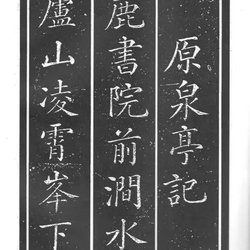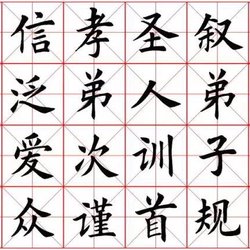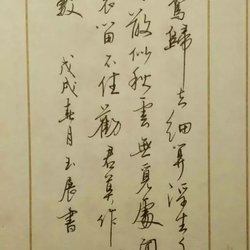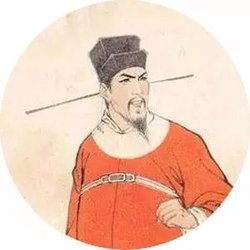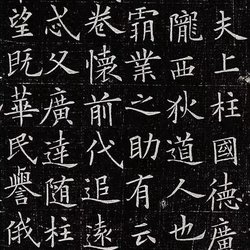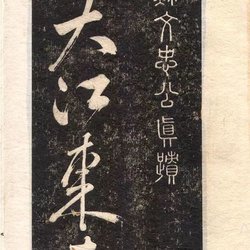Everyone knows that Emperor Taizong was a die-hard fan of Wang Xizhi, and in the early Tang Dynasty, the calligraphy style was dominated by the two kings. There is an allusion: When Yu Shinan died, Taizong was particularly depressed and complained that no one could discuss calligraphy with him. At this time, Wei Zheng recommended to Emperor Taizong: "Suiliang's writing style is so vigorous that it is very similar to Wang Yishao's style." When Taizong heard that he could appreciate Wang Xizhi's charm, he invited Chu Suiliang to review and identify Wang Xizhi's works that he had collected over the years. It was appraised, cataloged and stored in the inner palace without any errors.
Chu Suiliang's early regular script is very excellent, but the traces of his predecessors are more obvious. Therefore, his representative work should be "Yanta Sacred Preface" written in the fourth year of Yonghui.




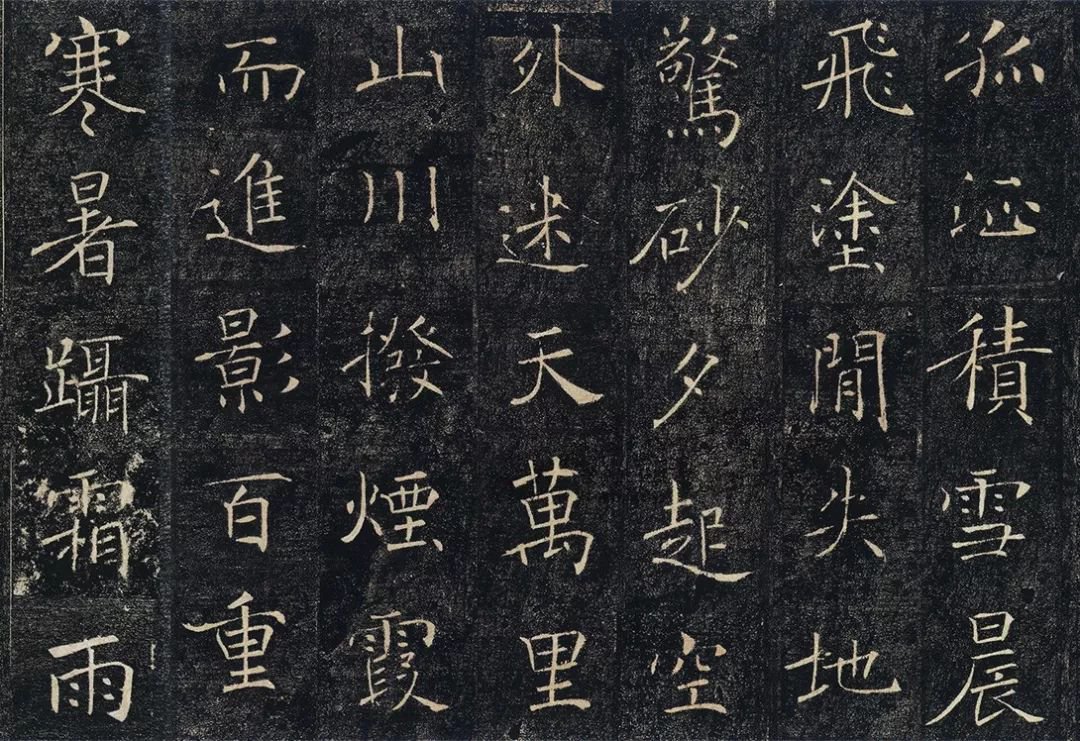
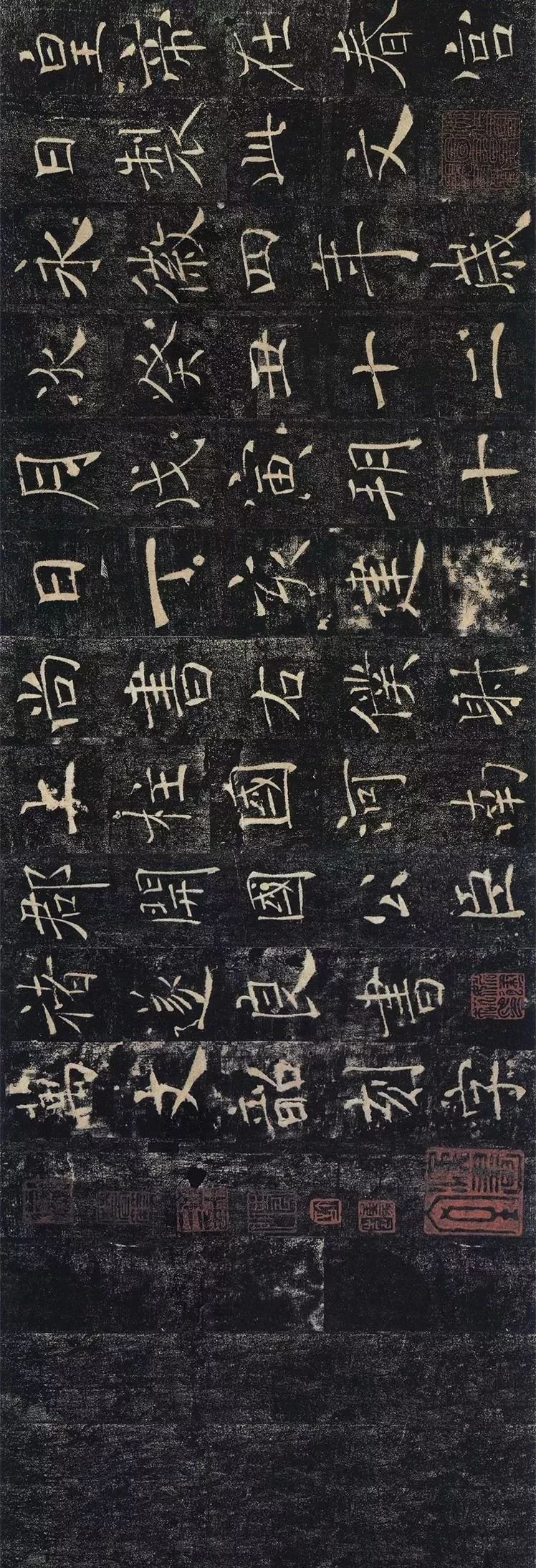







Different copybooks have different nutrients and are suitable for learning at different stages. As far as Tang Kai script is concerned, it is generally more rational. Chu Suiliang's "Yanta Sacred Preface" coexists rationality and sensibility. This is one of his special features. Secondly. The styles of Ouyang Xun, Yu Shinan, Yan Zhenqing, and Liu Gongquan are relatively stereotyped and mature, while Chu Suiliang is a calligrapher who connects the previous and the next.
"The Preface to the Sacred Teachings of the Wild Goose Pagoda" uses both square and circular strokes in the writing, starting and stopping backwards; horizontal strokes are vertical, and vertical strokes are horizontal. There are ups and downs between the beginning and the end. There are certain rules.
Zhang Huaiguan of the Tang Dynasty commented on this book and said: "The beauty Chanjuan seems to be no less important than Luo Qi, and she is graceful and graceful."
Qin Wenjin of the Qing Dynasty also commented: "Chu Deng is good at calligraphy, his appearance is like Luo Qi's Chanjuan, and his expression is copper and iron."
This monument is particularly graceful and graceful, with ripples like gossamer. Being able to convey the subtleties of turning points one by one, Moleh's essence is the best among all the monuments in the Tang Dynasty. "

